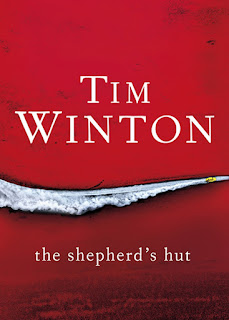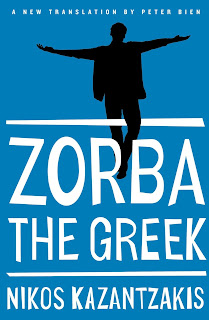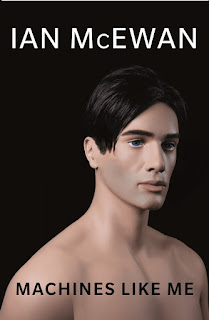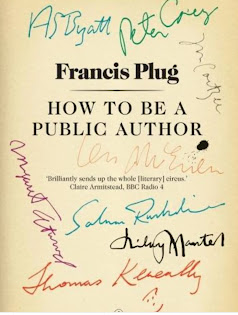The Shepherd's Hut

Tim Winton tells the story of The Shepherd’s Hut in the convincing vernacular of a wild boy on the run -- a young man lacking refinement, caught in circumstances beyond his control. In doing so, Winton conveys deep despair and a search for meaning and survival in the (coming) apocalypse. So far, the reviews have focused on the Christian parable in the story, as well as his treatment of masculinity. I read the novel as a post-apocalyptic tale, as bleak as Cormac McCarthy’s The Road, which at least had a father rather than a protective priest as the guide for the survivor in a fallen world. The novel opens with Jaxie driving in a vehicle somewhere outback, alone ‘like [he is] in a fresh new world all slick and flat and easy … like you’re still on earth but you don’t hardly notice it anymore’ (3). Chapter 2 takes the reader back to ‘the day the old life ended’ (6) – when his father died and he hit the road, afraid to be blamed for the accident after years of abuse and violence









